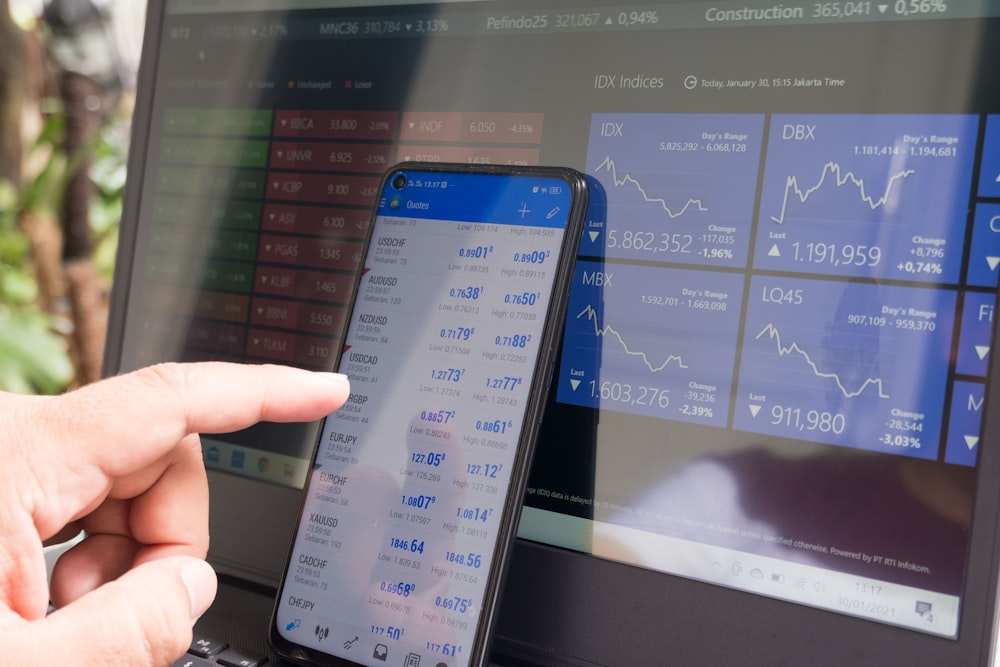Stocks Crumble As Deleveraging Process Appears To Have Picked Up Steam
Image Source: Unsplash
It was a pretty rough day in the market. The S&P 500 finished down about 2.7%, but it could have been worse—we were trading as low as 5,560, about a 3.25% decline. The Nasdaq ended the day down about 3.8%, shy of a 4% drop.
Some critical levels were breached today; we’ll have to see how this plays out. We closed below 5,620, which might seem like a random number, but it’s pretty significant. When we drop below 5,620, there’s not much support left in the S&P 500.
Interestingly, we saw a significant drop on September 18th going into the close, followed by a gap higher the next day. That gap at 5,620 has now been filled. As I mentioned, there isn’t much support in the S&P until around 5,400. Tomorrow, it will be crucial to see if the S&P 500 can snap back above 5,620. If it does, there could be an attempt to rally back to around 5,750. If not, we’re in a zone where a move toward 5,400 is possible. Beyond that, there’s another gap around 5,300, and then we’re looking at the August lows around 5,125.
If you’re bullish on the S&P, this is a critical level. Fundamentally, I wish I could say the S&P 500 is cheap, but it’s not. Many say valuation doesn’t matter, but that’s not true—valuation always matters; it’s just a question of when. Even after today’s pullback, the S&P 500 closed around 5,615. If we’re expected to earn $265 per share, that still puts the index at 21 times earnings, a historically high multiple. That’s about six or seven points above the median. From a fundamental perspective, there’s still room for the market to adjust before valuations make sense.
That also means we may not see value buyers stepping in to support the market. If we don’t get a rebound tomorrow, we could see further downside acceleration. I think a lot of this market movement is being driven by deleveraging, as I mentioned over the weekend.
Looking at the Japanese yen versus S&P 500 futures, this trend has played since early March—arguably even before that. The two have deviated only once since January 2023.
Today, we saw the spread between U.S. and Japanese 10-year yields break below a key support level at 2.80%, now trading around 2.66%. Tonight’s Japan session will be crucial, as the Japanese 10-year yield has climbed to 1.56%, breaking key levels. If the US10Y/JGB10Y spread continues to contract, the yen will keep strengthening.
Despite concerns about recession risk, today’s inflation swap data was interesting. One- and two-year inflation swaps actually rose. On Friday, the two-year swap traded at 2.78%; today, it’s fractionally higher. The one-year swap rose from 3.00% to just over 3.01%. This isn’t what you’d expect on a day when the S&P 500 dropped sharply.
Looking at inflation swaps for the coming months, February is pricing around 2.90%, May around 2.50%, but by October, expectations are back to 3.00%. This suggests the market isn’t pricing lower inflation, which typically indicates slower growth. Instead, it implies concerns about stagflation becoming more prominent.
More By This Author:
Stocks Crumble And Could Be Heading Much LowerFor Team Trump To Get 10-Year Rates Down, Stocks Will Need To Fall
Changing U.S. Policy Is Having A Reverberating Effect Across Global Markets









